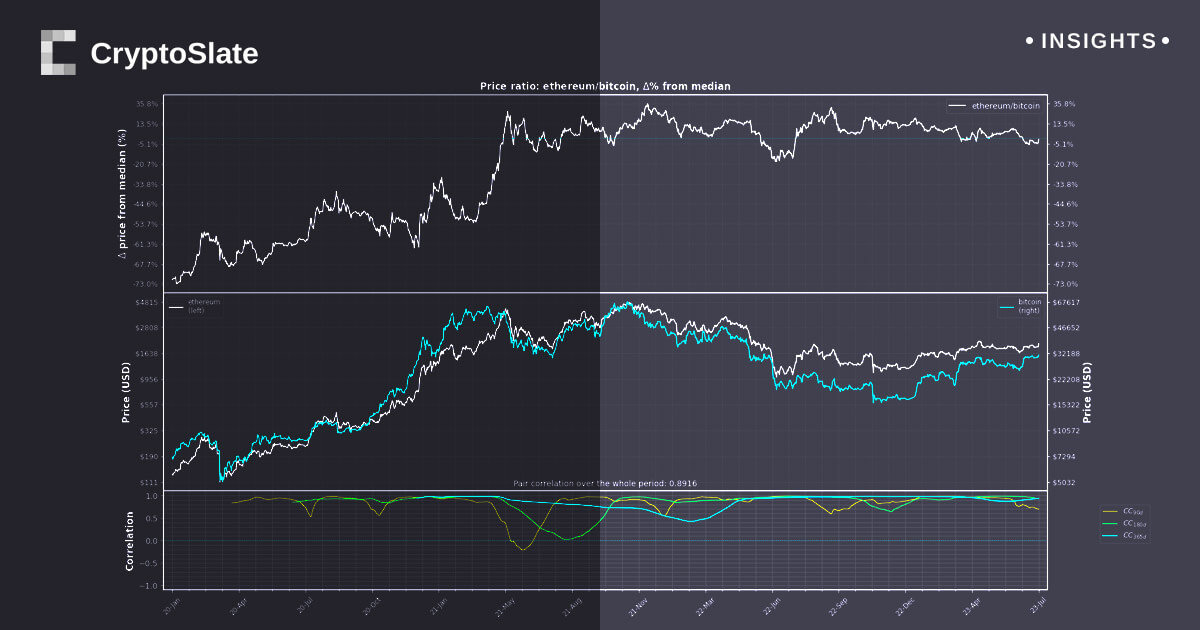Obesity isn’t simply a matter of how you look or whether you can fit into your favourite jeans. Contrary to popular opinion, obesity doesn’t result simply from poor food choices or lack of willpower either. It is a major health concern with many causes stemming from lifestyle, genes, and metabolism – not to mention poverty and other structural inequalities. Obesity leads to poor heart health and a greater risk of type 2 diabetes. Physicians consider obesity to be a complex biological disease.

In India, obesity is reaching “epidemic proportions”. A 2020 study in the journal PLOS One predicts that the prevalence of being “overweight will more than double among Indian adults aged 20–69 years between 2010 and 2040, while the prevalence of obesity will triple”.
If obesity is a disease, then logically there should be a cure. I’m about to tell you that the day might not be far off when anyone who is obese might be able to get a weekly injection or pop a pill daily to be able to melt those extra kilogrammes away.
There is incredible excitement in the biomedical community around a new class of obesity drugs with truly oversized effects (but hard-to-pronounce names): Semaglutide, tirzepatide, orforglipron, and retatrutide. Semaglutide (branded as Wegovy) and tirzepatide (branded as Mounjaro) have already been approved for use to treat obesity in many parts of the world. Two recent research articles in the prestigious medical journal, The New England Journal of Medicine also showcase clinical trial data on the effectiveness of orforglipron and retatrutide. Taken together, the results of these drugs are nothing short of spectacular.
What’s the secret behind these new obesity drugs? They’re designed to mimic hormones in our body that regulate blood sugar. Unexpectedly, these drugs were found to have a remarkable side effect –weight loss. The first target identified was GLP-1 (glucagon-like peptide 1) which regulates blood sugar levels and slows the movement of food through the digestive system. Scientists found that GLP-1 could work inside the brain to slow down digestion and reduce appetite.
One of those first-generation GLP-1 drugs, liraglutide, had a modest but noticeable effect on body weight. It was tweaked to create semaglutide. Participants in a clinical trial who received weekly injections of this drug saw an average weight loss of about 15% over 68 weeks. In 2021, the U.S. Food and Drug Administration (FDA) approved this drug for long-term weight management in adults (in addition to its earlier use for treatment of diabetes).
Next came tirzepatide. This one works like semaglutide but has an extra trick up its sleeve. Tirzepatide not only works like GLP-1,but it also acts like another hormone called glucose-dependent insulinotropic polypeptide (GIP), which tells our bodies to release insulin after eating and reduces stomach acid production. The results are even more significant than seen in semaglutide. At a high dose, tirzepatide led to an average of 21% reduction in body weight.
If acting as two hormones works well, then triple-action works even better. This is where retatrutide comes in. This drug combines the power of both GLP-1 and GIP, but calls on yet another hormone, glucagon, for assistance. In the study published in The New England Journal of Medicine on June 26, this drug led to the highest weight loss of around 24% on average, in 48 weeks in the phase 2 clinical trials. That’s a quarter of body weight, a reduction previously unimaginable without bariatric surgery.
Like retatrutide, orforglipron is a drug that is still in clinical trials. Results from phase 2 clinical trials were published in The New England Journal of Medicine on June 23. While the other treatments require a weekly injection, orforglipron is effective as a daily pill. In a 36-week study, it helped people lose roughly 9% to 15% of their body weight, depending on the dosage. Most participants saw their weight drop by at least 10%. That’s not the greatest weight reduction we’ve seen, but the pill form and likely cheaper price (when approved) will make this drug the most accessible on the market.
It’s hard to overemphasize the potential of these new obesity drugs. By treating obesity, these drugs also appear to improve heart health and other aspects of metabolic health.
Given the rising prevalence of obesity, these drugs might be a boon in improving health globally. But the most obvious downside is that we don’t know how long these drugs will have to be taken to maintain the new body weight. There are also side effects, the most common of which are upset stomach, nausea, and diarrhoea.
Early data also indicate that these drugs don’t work well for everyone. It’s also likely that once the treatment is ceased, without other lifestyle changes, individuals who have lost a lot of weight may gain much of it back.
Broader availability of these drugs will also lead to better knowledge about which populations might benefit most. Modified versions might soon also mitigate side effects.
Finally, the biggest question that remains concerns accessibility. A drug is only helpful if the people who need it most can get it at an affordable price. Already there are shortages of obesity drugs in countries where they are already approved – this might be the biggest bottleneck for the foreseeable future in a populous country like India.
Anirban Mahapatra is a scientist by training and the author of a popular science book on COVID-19. The views expressed are personal.














